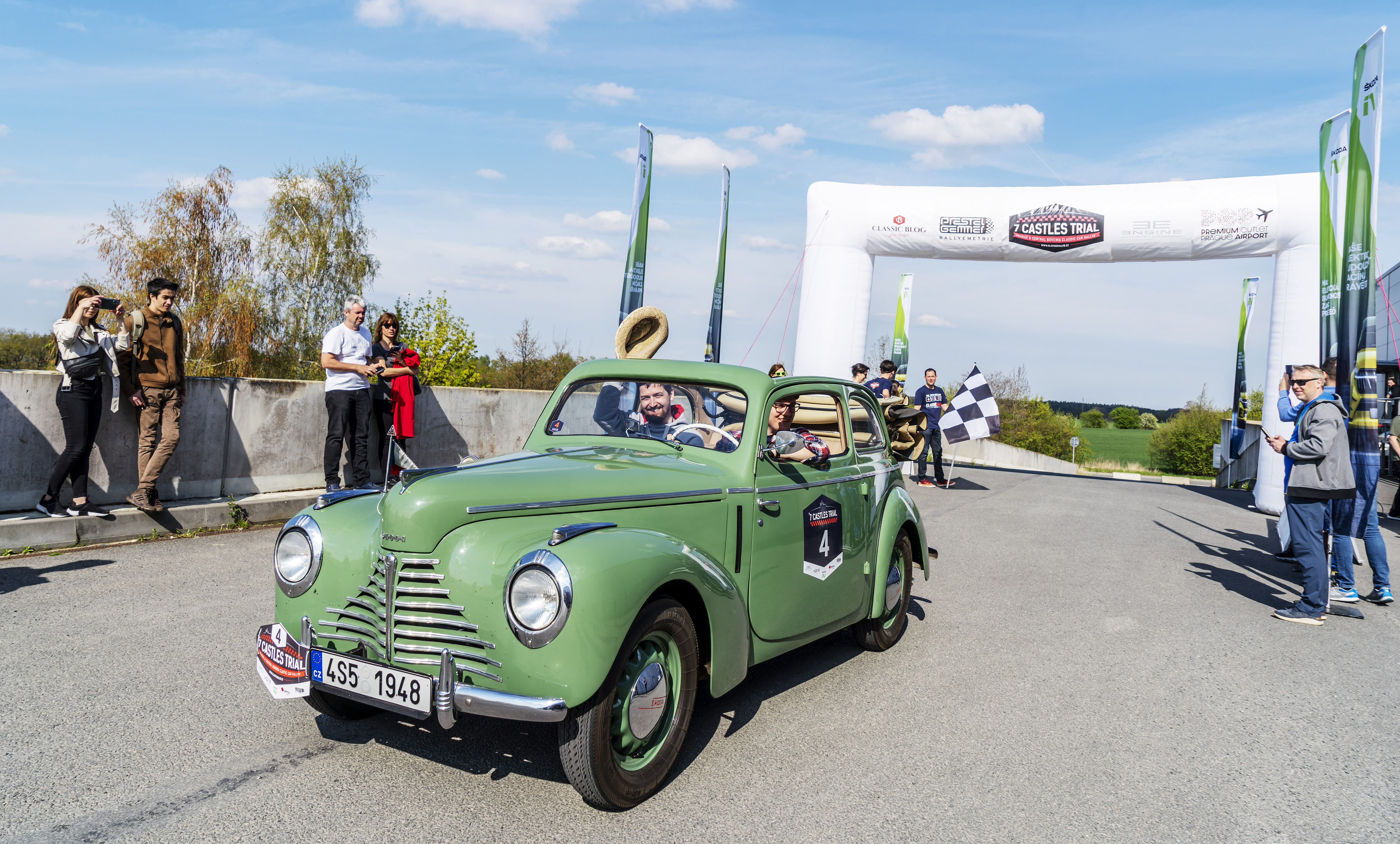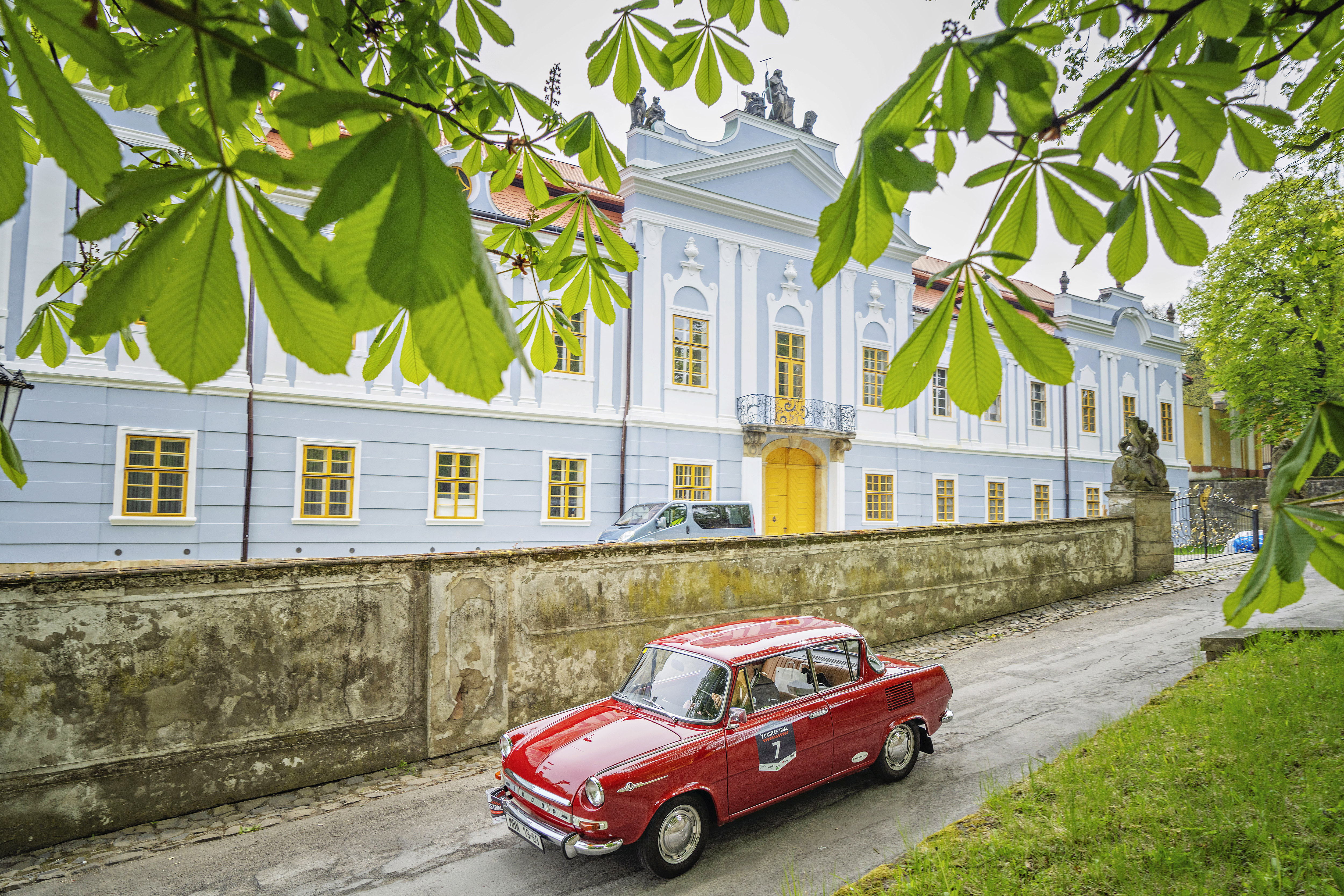7 Castles Trial 2022: Beautiful cars in countryside

On the last day in April, almost 70 cars from 1938 to 1999 set off on the 7 Castles Trial 2022. Take a look at the cars that represented ŠKODA in the rally through the Czech Central Bohemian Uplands.
2. 5. 2022 CLASSIC CARSMedia Box
10 images
Show more
Show less



































